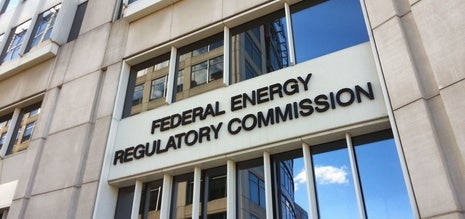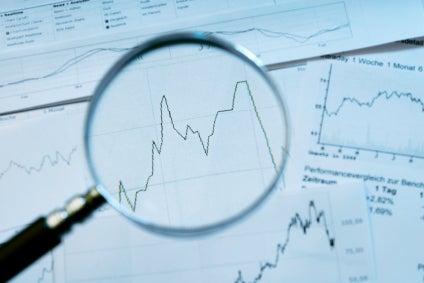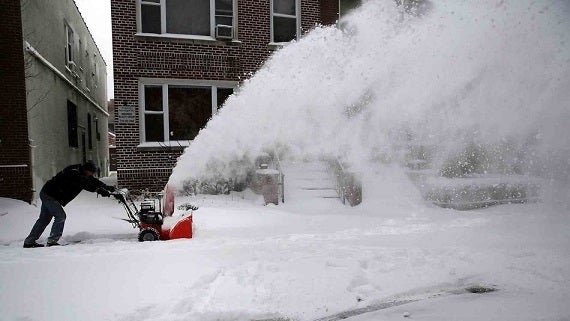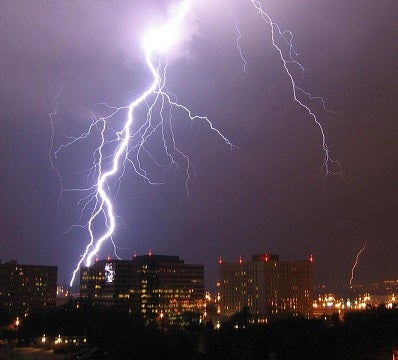 It’s September, fall is around the corner, and with it, the second anniversary of devastating Hurricane Sandy. A smarter, more efficient electric grid should be on the minds of all New Jerseyans. Unfortunately, it’s not.
It’s September, fall is around the corner, and with it, the second anniversary of devastating Hurricane Sandy. A smarter, more efficient electric grid should be on the minds of all New Jerseyans. Unfortunately, it’s not.
Wired magazine calls America’s power grid the largest machine ever built. Over the past few decades, this grid has been expanded throughout the country to ensure that even remote areas have electricity. Although this is an incredible accomplishment, the grid should also strive to keep pace with the latest technological advances, becoming not just the largest machine ever built, but also a more efficient and resilient one.














